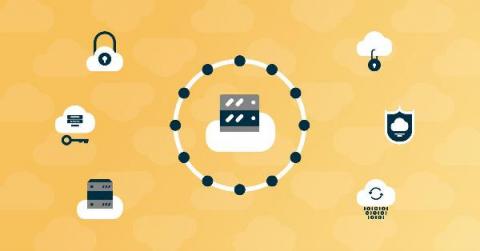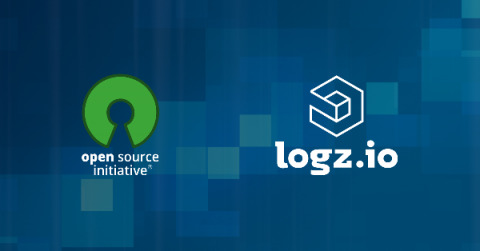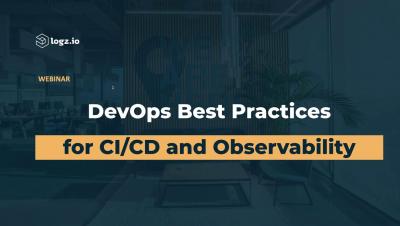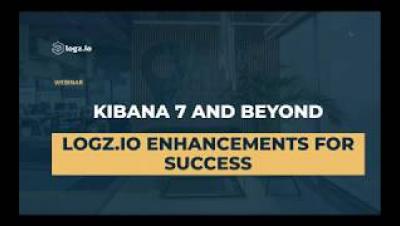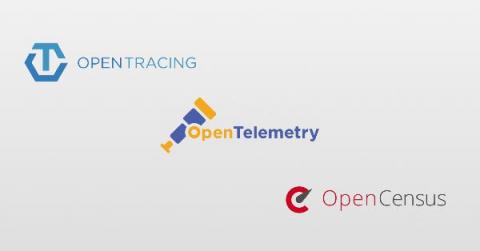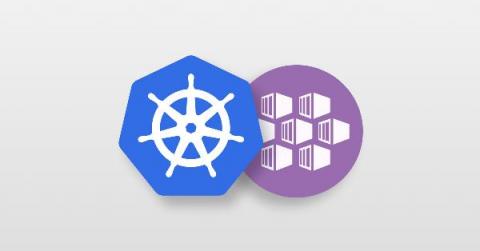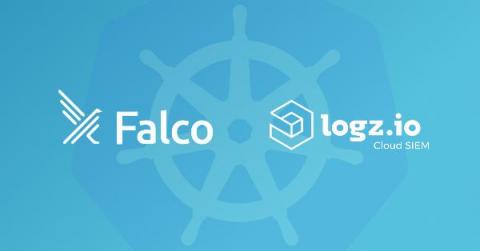How to Overcome the Drawbacks of SIEM Tools
These days, “SIEM” (Security Information and Event Management) is all over the place. SIEM tools work by collecting data from multiple systems and noticing patterns in the data. This adds immediate value to the business by providing insights, security recommendations, and actionable intelligence. Despite being helpful tools for many companies, SIEM tools do have their drawbacks. This article will describe the four main ones and offer suggestions for how they might be overcome.


